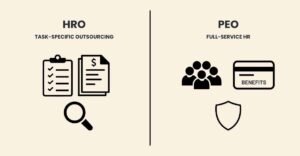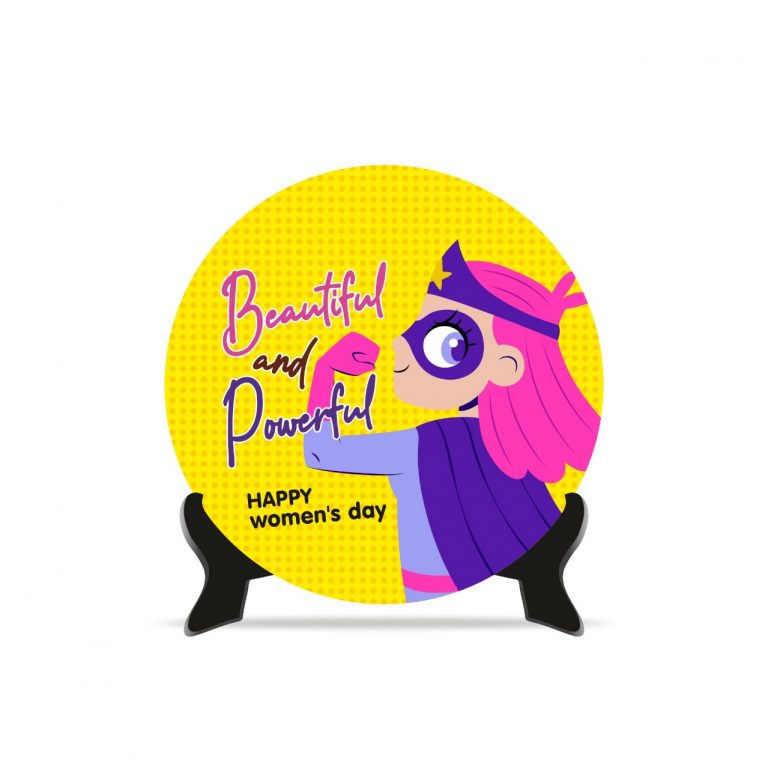Image Source: Pexels
Many people think of Human Resources (HR) as just handling paperwork or benefits. But that idea is quickly changing. Today, HR managers are a true strategic partner, directly helping companies grow their value and boost their revenue.
When HR practices are strong, they make that engine run smoothly, leading to better efficiency and more profits. In fact, when employees are truly engaged, it has a huge impact on a company’s financial success.
What this highlights is that HR’s strategic role is often underestimated. When HR is empowered to act as a strategic partner, the ripple effects are felt across the organization.
Here, we’ll share how HRs can help employers boost value and fuel revenue growth.
#1 Build A High-Performing Talent Pipeline
It’s important to have the right people in the right roles. HR plays a huge part by building a steady stream of qualified candidates, called a talent pipeline. This means your company is always ready to bring in top talent, rather than scrambling when a position opens up.
A well-built talent pipeline significantly speeds up the hiring process. This saves valuable time and money. Instead of just filling empty spots, HR focuses on finding candidates who truly fit your company’s unique culture and long-term goals. This careful approach leads to much better hires overall.
HR helps build a high-performing talent pipeline by figuring out exactly what skills and qualities you need. This applies to both today and in the future. They create a candidate profile as a roadmap for finding the best fits.
Job seekers highly value a positive company culture. To attract top talent, HR also showcases your company culture.
This creates a positive cycle: better hires lead to better performance, which makes your company even more attractive to future talent. This cycle helps your business stay agile and strong in a competitive market.
#2 Curate Upskilling And Reskilling Opportunities
The world changes fast. Skills that businesses rely on today may not be relevant tomorrow.
LinkedIn’s Workplace Learning Report 2023 reveals that skill sets have changed by 25% since 2015, and that number is expected to double by 2027.
Upskilling and reskilling keep a team agile. The former means improving current skills, while the latter means learning new ones.
A great example of reskilling comes from the healthcare sector, where the U.S. is facing a serious nursing shortage. Many people in non-clinical roles, such as administrative staff, have a passion for patient care but lack the credentials. Reskilling can help them pivot.
Related Posts
You could offer accelerated online BSN programs to make that transition much more accessible. These programs are designed for career changers and can be completed in as little as 12 to 18 months. Online formats offer flexibility, allowing learners to study around their current job.
Rockhurst University explains that these programs deliver essential nursing education and training in 16 months, preparing students for both the NCLEX exam and a successful nursing career.
HR makes these programs happen by analyzing skill gaps and comparing current skills with future business needs. Then, they create personalized learning paths.
#3 Focus On REAP: Retention, Engagement, Attraction, And Productivity
REAP is a simple yet powerful framework HR teams can live by. REAP stands for Retention, Engagement, Attraction, and Productivity. These four elements work together and are key to a successful workforce.
Retention saves money and preserves institutional knowledge. When your best employees choose to stay, your company saves a lot of money. HR helps retain employees by ensuring competitive pay and benefits. This meets basic survival needs for employees.
Engagement directly impacts performance. Engaged employees are more productive, provide better customer service, and boost profits. Moreover, Gallup notes that actively engaged employees are less likely to be actively seeking or even open to new job opportunities.
HR helps boost employee engagement by making sure employees have the right tools and that they are rewarded for good work.
Attraction brings in the talent you need to grow. HR helps by showcasing your strong employer brand. This attracts top talent. They ensure your employees’ pay and benefits are attractive.
Productivity happens when people are aligned, supported, and focused. HRs streamline workflows, manage performance reviews, and support managers in setting clear, achievable goals.
The areas of REAP are deeply interconnected. Efforts in one area, like boosting engagement, have positive ripple effects. They impact retention, make the company more attractive, and ultimately drive productivity.
Your HR, Your Growth Partner
It’s clear that HR is far more than just an administrative department. They are vital players in building a thriving, profitable business.
They build strong teams, grow skills, keep people happy, and foster inclusion. These efforts directly boost a company’s value and make a business stronger and more agile. So, work closely with your HR and you’ll unlock your company’s potential.










